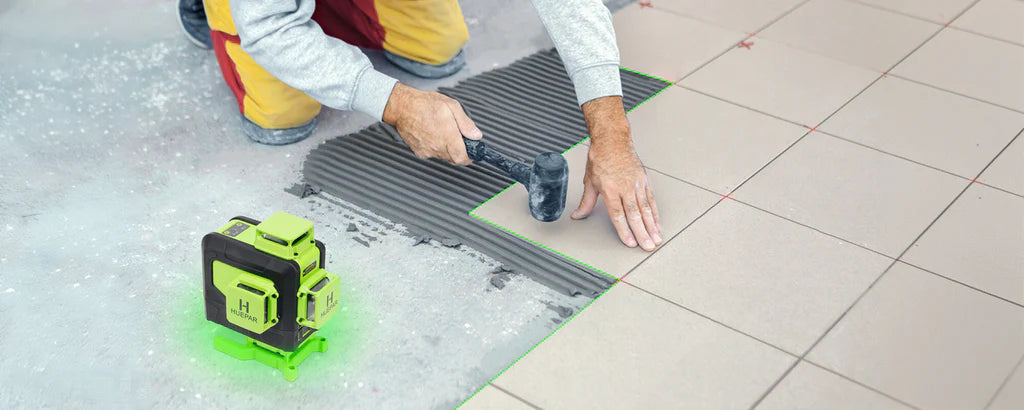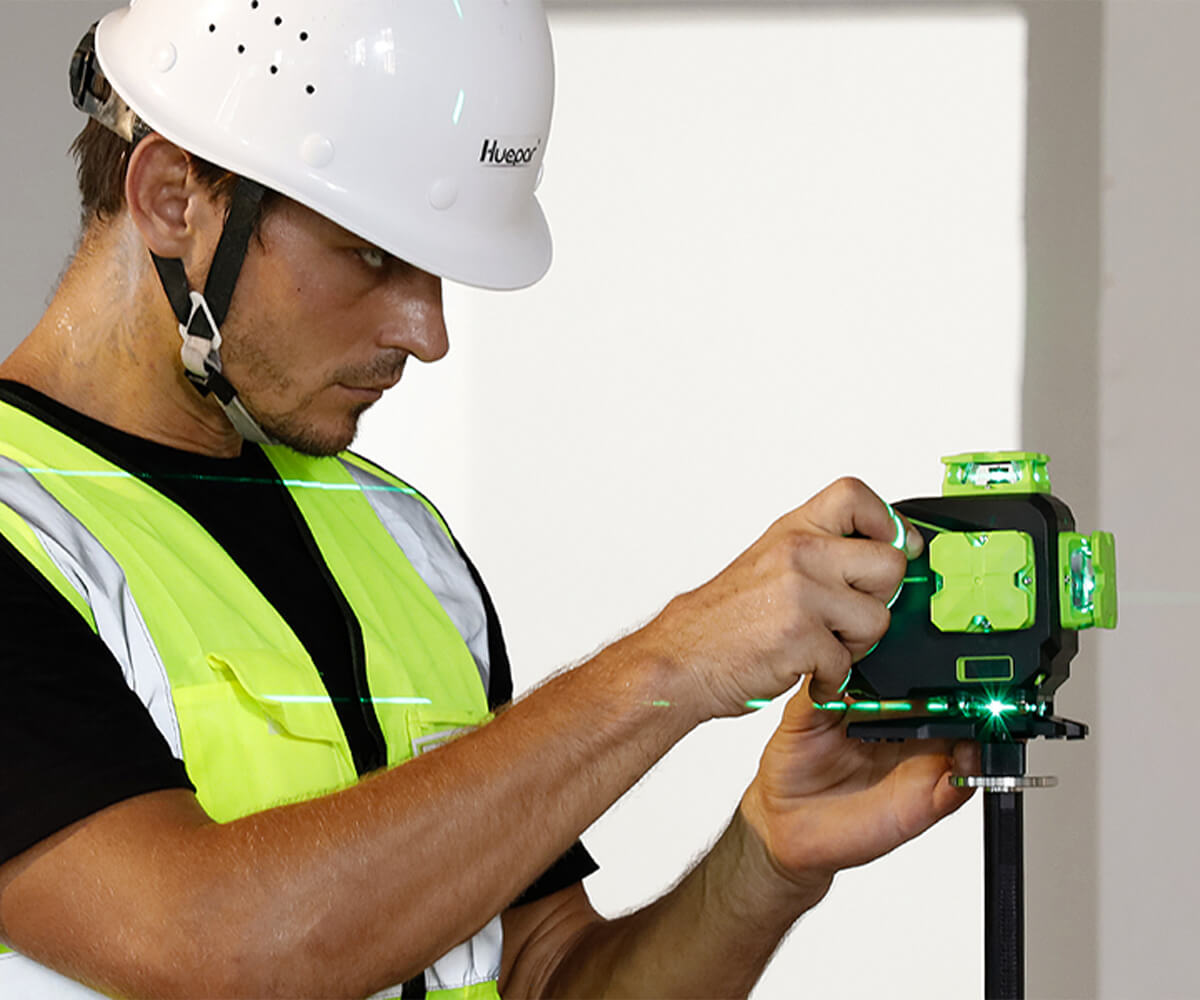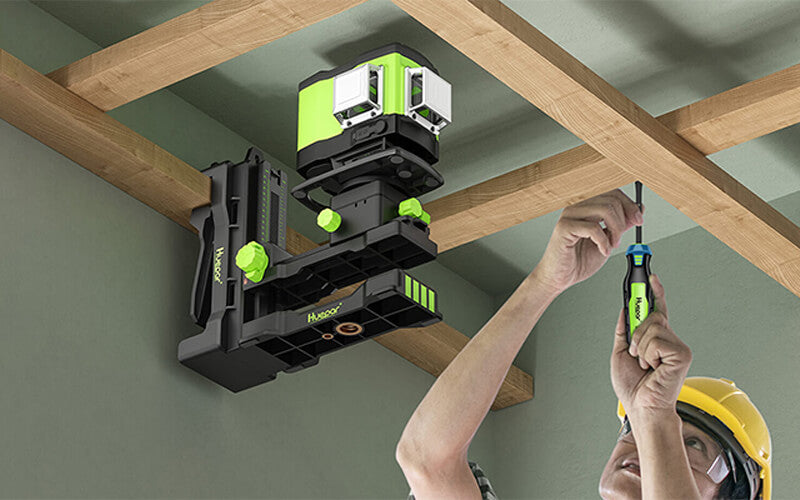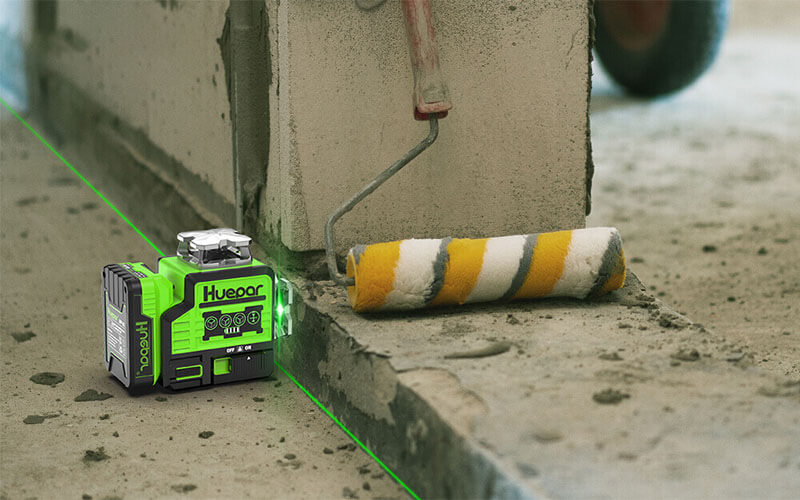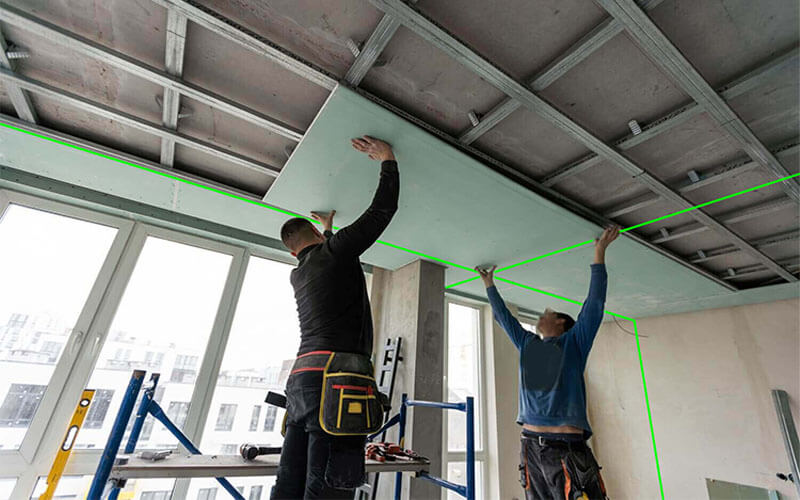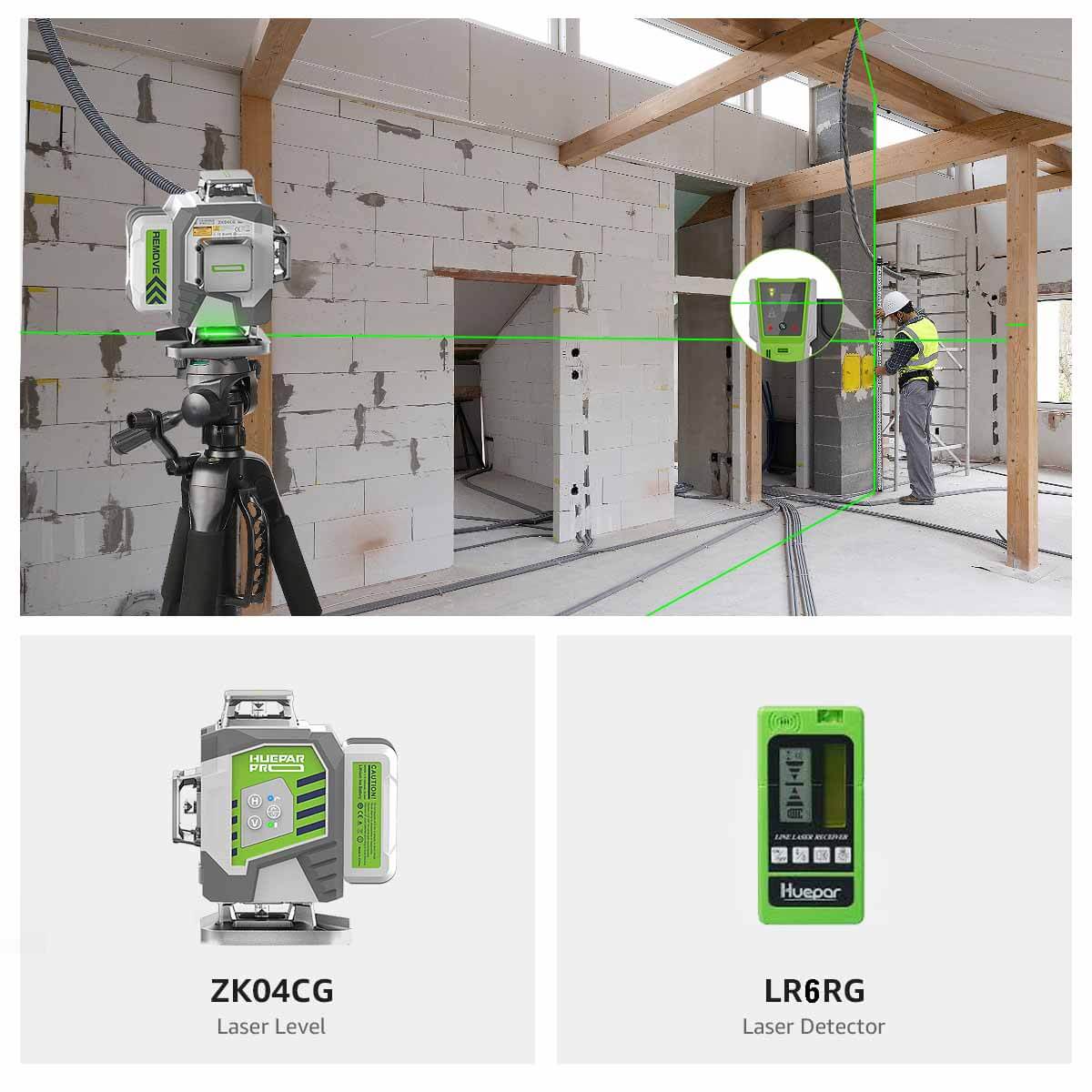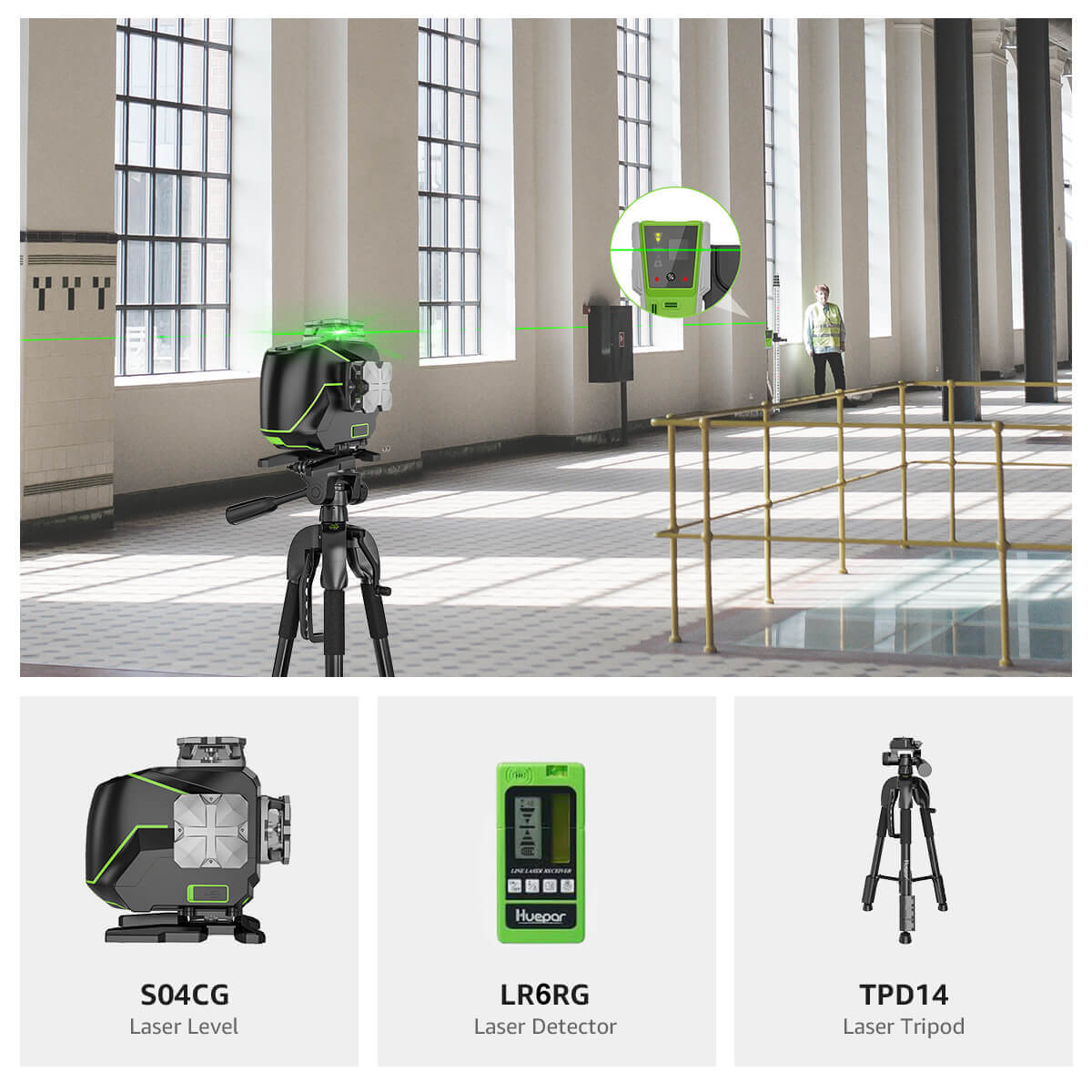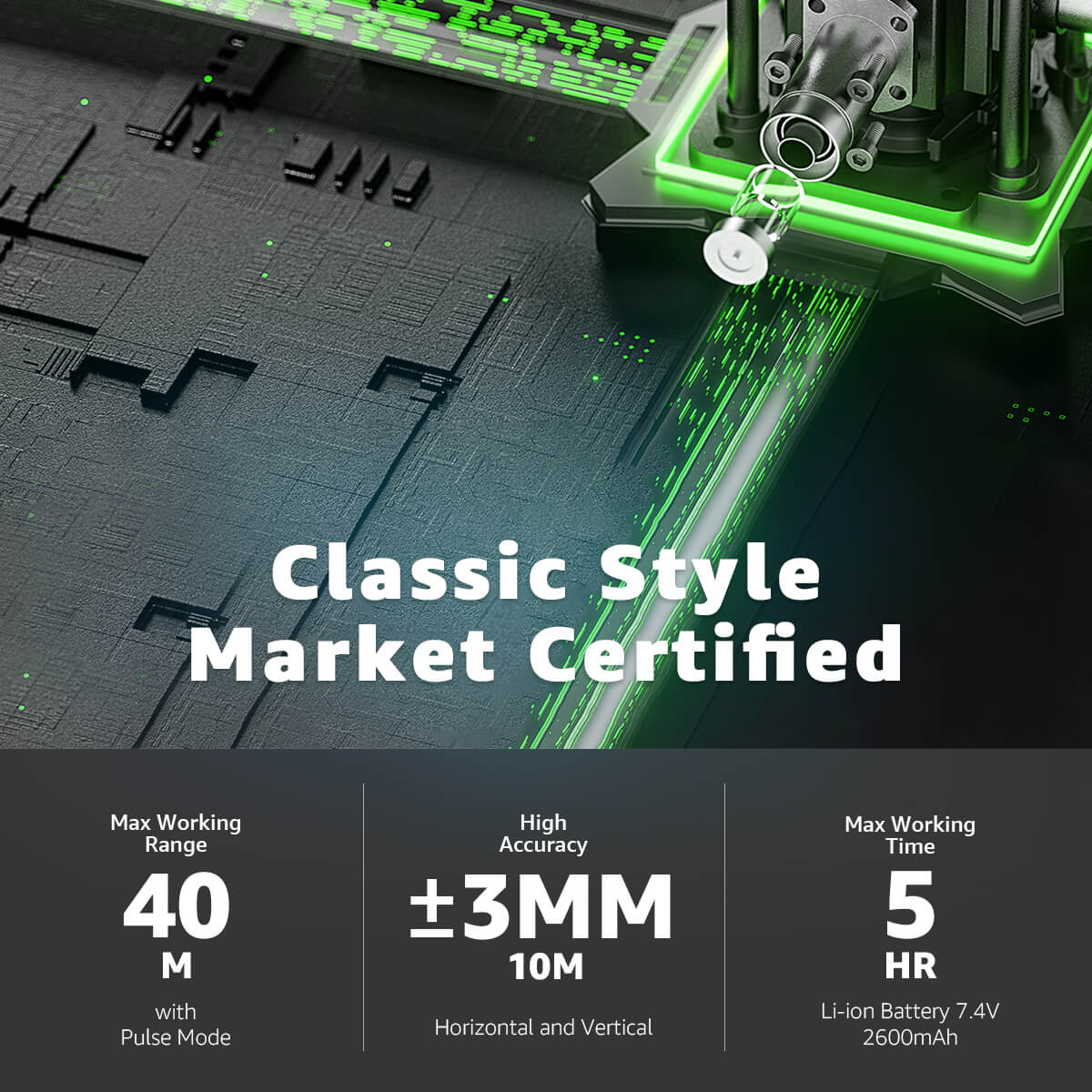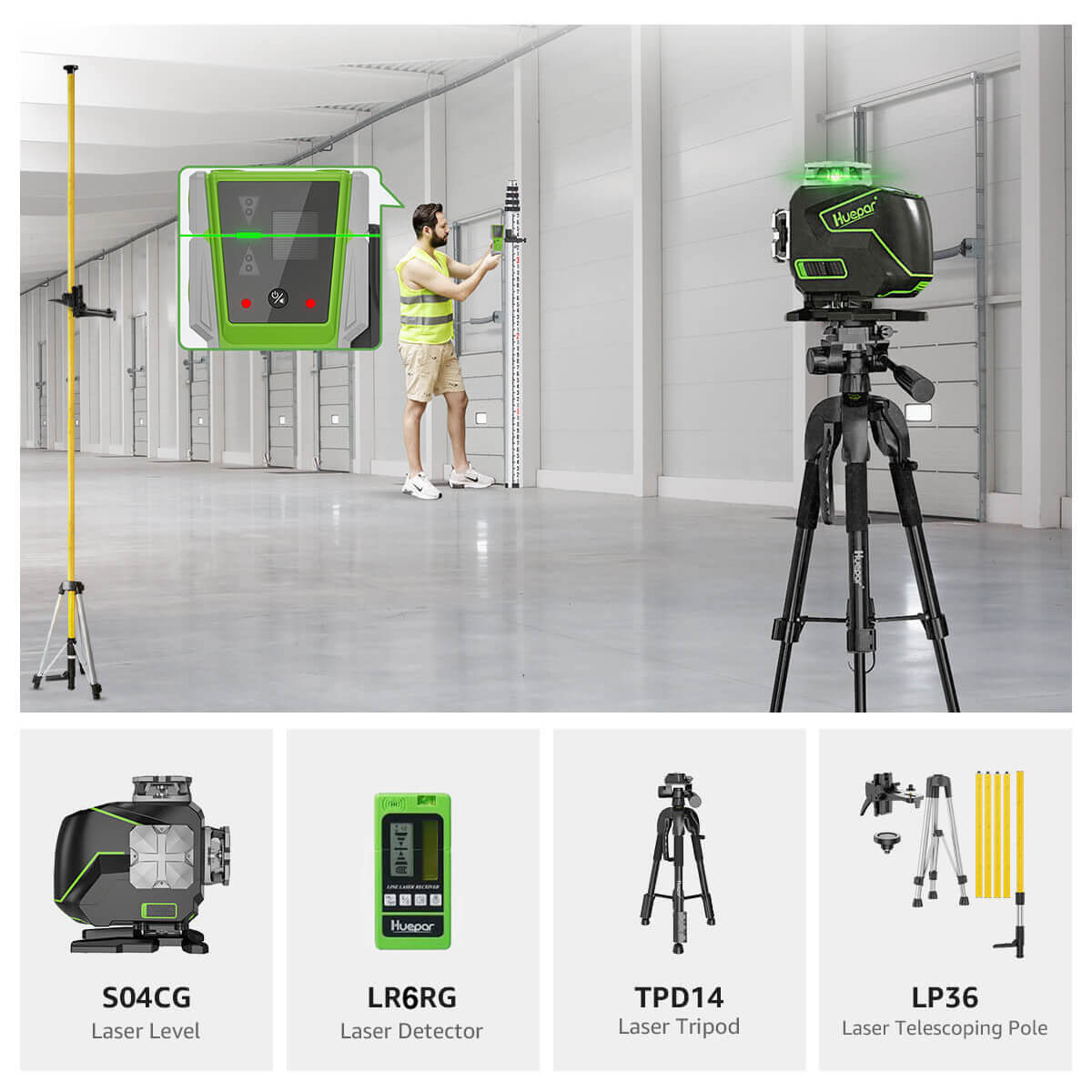
Mastering Precision: Your Ultimate Guide to 3D Laser Levels
Understanding Laser Levels and Their Applications
What Are 3D Laser Levels?
3d laser levels are advanced tools that project three-dimensional planes of light. They allow precise alignment of objects on all X, Y, and Z axes simultaneously. This is ideal for tasks that require exact leveling and alignment from multiple angles. Builders, surveyors, carpenters, and installers often use these devices. They are perfect for fitting tiles, cabinetry, and constructing frameworks. Whether it's indoor or outdoor, 3D laser levels increase accuracy in various project types.

Common Uses of Laser Levels in Various Industries
Laser levels are vital tools in many fields. They help create precise lines and angles on work surfaces. Here are common uses across different industries:
- In construction, workers use them to level foundations and set perfect angles for walls.
- Electricians rely on laser levels to align electrical outlets and fixtures.
- Carpenters use them to ensure level floors and straight frames for buildings.
- Landscape designers use laser levels to set the grade for proper drainage.
These uses show how laser levels are key for accuracy in many jobs.
The Advantages of Using Laser Levels for Precision Work
Using 3d laser levels brings clear advantages for precision tasks:
- Accuracy: These levels project accurate lines within a fraction of an inch, reducing errors.
- Efficiency: They save time by quickly providing straight lines over long distances, without multiple measurements.
- Versatility: 3D Laser Levels work on various surfaces and spaces, both indoors and outdoors.
- Ease of Use: Features like self-leveling make them simple to set up and operate.
- Improved Safety: Minimizes the need for workers to reach high places to measure or mark lines.
Key Features to Look for in 3D Laser Levels
The Importance of Self-Leveling Capability
When choosing a 3D laser level, its self-leveling feature is key. This allows for quick set-up and accurate results. With self-leveling, the device automatically adjusts its positioning. It finds the true level even if the base is slightly tilted. This saves time and reduces errors in measurements. It works well for jobs that need strict leveling, like tile laying or framing. Look for models that offer this must-have feature.
The Range and Accuracy of 3D Laser Levels
When picking a 3D laser level, range and accuracy are vital. Look for a model that offers a wide working range - this means how far the laser line can reach and still be seen clearly. Usually, indoor levels have a range of 30 to 50 feet, while outdoor models go up to 150 feet or more with a detector. Accuracy is just as important; it's how close the laser level’s line is to true level or plumb. Top-notch levels boast an accuracy within 1/16th of an inch per 100 feet. Always check the specs before buying to ensure they meet your project needs.
Durability and Battery Life Considerations
Durability and battery life are vital for 3d laser levels. They often work in tough conditions. Dust, water, and falls can damage them. So, a sturdy build is key. Look for IP-rated models for water and dust resistance. Battery life matters too. Long projects need long-lasting batteries. Some tools have lithium-ion batteries. These give hours of use. A charge indicator is helpful. It shows when power is low. Choose a model with good battery life and strong construction.
Comparing Different Types of Laser Levels
3D Laser Levels vs. Cross Line Laser Levels: What's the Difference?
When it comes to leveling tasks, knowing the difference between 3D and cross-line laser levels is key.
3d laser levels project lines on all three axes: X, Y, and Z. This creates a three-dimensional layout, ideal for complex jobs.
Cross line lasers emit lines along the horizontal and vertical planes. They're great for simple tasks like hanging pictures or tiling.
While both types enhance accuracy, 3D lasers offer full room layout, whereas cross line lasers are more for single-wall projects.
When to Upgrade to a 4D Laser Level
Upgrading to a 4D laser level may be on your mind if your projects require advanced precision and efficiency. Unlike 3d laser levels, which project three planes of laser light, a 4D laser level emits an additional plane. This allows for greater accuracy in all four directions simultaneously. Here’s when an upgrade might be necessary:
- You’re undertaking complex construction or renovation jobs.
- Your work involves detailed architectural or engineering plans.
- You need to align structures or components in multiple planes quickly.
- Speed and precision are critical to your project’s success.
Upgrading to a 4D level can save time and improve accuracy in these cases.
Selection Criteria: How to Choose the Right Laser Level for Your Needs
Choosing the right laser level can be tricky. It's key to think about your needs. First, consider the job type. Are you indoors or outdoors? This affects the laser's visibility range. Second, check if you need a 3D laser level or a 4D version. 3D is enough for most tasks. But for full room layout, 4D could be better. Third, remember the accuracy level. This is vital for precise work. Also, look at the unit's durability. Is it tough enough for your worksite? Last, think about battery life. You want a tool that lasts all day. So, match these aspects with your needs to choose wisely.
